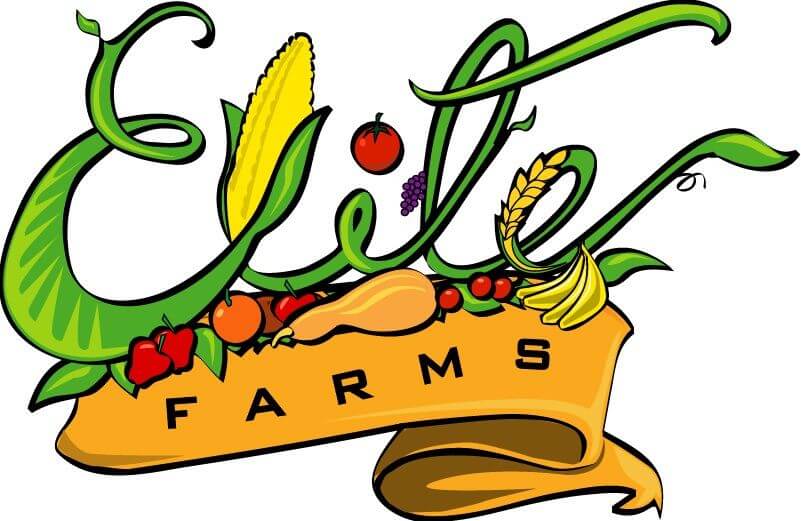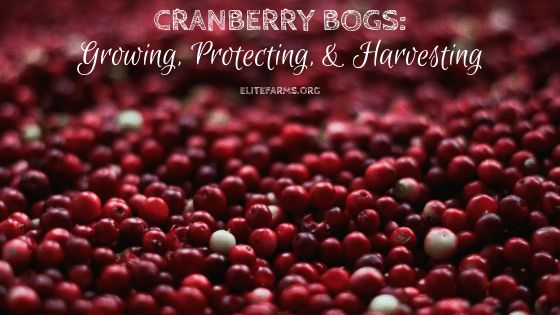You may have seen commercials featuring waist-deep reserves of water and floating berries, but how much do you really know about growing and harvesting cranberries? There are reasons behind the flooded fields and cranberry bogs; other methods of harvesting the fruits exist, as well.
Cranberry harvesting occurs in autumn, usually until mid-November. While all cranberries were once harvested by hand, the scale of cranberry production has rendered this method obsolete and inefficient. Because of the sheer volume of berries produced (between 5.45 and 14.4 tons per acre in 2016 alone), innovation has led to unique, time-saving methods of growing, protecting, and of course, harvesting them.
Irrigation
Though cranberries are not aquatic plants as media might have you believe, they do thrive in wetland environments known as bogs. In the off-season, cranberry plants can tolerate saturated soil, but this is not ideal for healthy growth. Utilizing an irrigation system to deliver an appropriate amount of water to the cranberry plants throughout the day, especially during the summer when temperatures rise and the air is dry, can help prevent damage from occurring.
Winter Flooding
Because of the risk of winterkill, or the event in which plants are killed by winter conditions such as low temperatures and frost, farmers had to identify the best way to protect their plants over the winter months. The most effective way to protect cranberry fields is by flooding them, providing a protective layer of water that freezes around the plants and effectively preserves them until spring.
Dry Harvest
Farmers have adopted a method called dry harvesting, which entails the use of a machine similar in appearance to a lawn mower. This device plucks the berries off their plants with metal teeth and uses a conveyor belt feature to transport the berries to a bag. Though a small number of cranberries are harvested in this way, these berries are the ones that are sold fresh in stores and are often used in baked goods.
Wet Harvest
The most publicized and popular method of harvesting cranberries is wet harvesting. This process entails filling the cranberry bog with roughly 18 inches of water the night prior to harvesting the fruit. Machines called water reels are used to free the cranberries from their vines, and because of small air pockets in the fruit, they will float atop the water. Berries harvested with this method are generally processed into juices, jams, relishes, and sauces.
Cranberries are a popular produce in autumn because of their vibrant color as well as their status as a holiday favorite in their native climate. The methods used to harvest these berries have been developed to streamline and optimize the process, ensuring that only the freshest, most viable berries are available.

